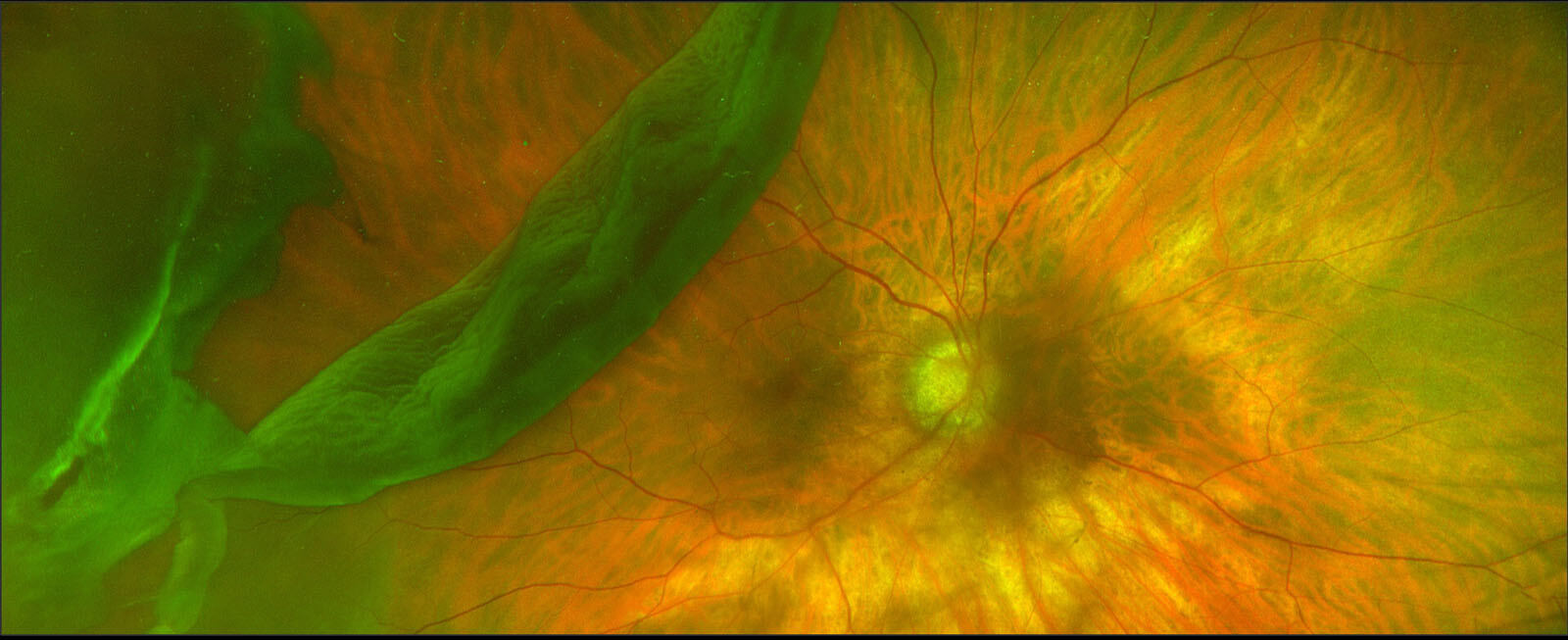About Retinal Detachment Surgery
Retinal detachment is a condition when the thin lining at the back of the eye (the retina) begins to come away and separate itself from the underlying wall of the eye which contains blood vessels that supply it with vital oxygen and nutrients.
If not treated promptly, retinal detachment will lead to blindness in the affected eye.
A retinal detachment is usually caused by a tear in the retina and this is termed a Rhegmatogenous retinal detachment. There are other types of retinal detachment namely Traction retinal detachment which is usually seen in advanced diabetic retinopathy and Exudative retinal detachment (usually seen in people with inflammation). It is the Rhegmatogenous retinal detachment which needs urgent surgery in most cases.

Causes
The retina at the back of the eye sends signals to the brain, enabling us to see. Without a blood supply, the retina’s nerve cells die leading to loss of sight.
Retinal detachment is usually the result of the retina developing a tear in it. Once a tear develops and if not treated, fluid can go through the tear and cause the retina can pull away from the underlying blood vessel wall
Very short-sighted people have the greatest risk of developing age-related retinal detachment (though the risk is still very small) because they are often born with a thinner than normal retina in the first place.
Previous eye surgery, such as cataract removal, may also make the retina more vulnerable to damage.
In some cases, a tear can develop if the eye is suddenly injured, such as by a blow to the face but this is less common.
Symptoms
Most people experience advance symptoms of a possible retinal detachment before losing their sight, including:
- sudden appearance of floaters – black dots, specks or streaks that float across the field of vision (usually only one eye is affected)
- web effect of lots of small floaters – some people see a single large black floater in the shape of a fly
- sudden short flashes (no more than one second) of light in the affected eye
- seeing a dark shadow like a curtain falling down from the outer aspect of the field of vision in the affected eye
- blurring or distortion of vision
Without urgent treatment, the vision in the affected eye will start to deteriorate, creating the effect of a shadow or ‘black curtain’ spreading across the vision. If a person experiences a shadow in the vision then it is extremely important to consult an eye doctor immediately before the shadow spreads across the centre of the vision.
Retinal detachment usually only occurs in one eye, however if one eye is affected, there is a 1 in 10 chance that the retina in your other eye will also detach.
If the eye specialist (ophthalmologist) suspects a retinal detachment, an examination of the back of the eye will confirm it.
Urgent Retinal Detachment treatment is essential to lower the risk of permanent vision loss. The Retinal Detachment treatment is mainly surgery and eye drops will not help.
Most but not all detached retinas can be successfully reattached through different types of surgery, followed by a few months of recovery when vision will be weak, affecting lifestyle activities such as driving.
Some people’s eyesight does not fully return after surgery and they have permanently reduced peripheral (side) or central vision. This can happen even if the retina is reattached successfully.
This risk is higher the longer the detachment was left untreated.
Request an Appointment



